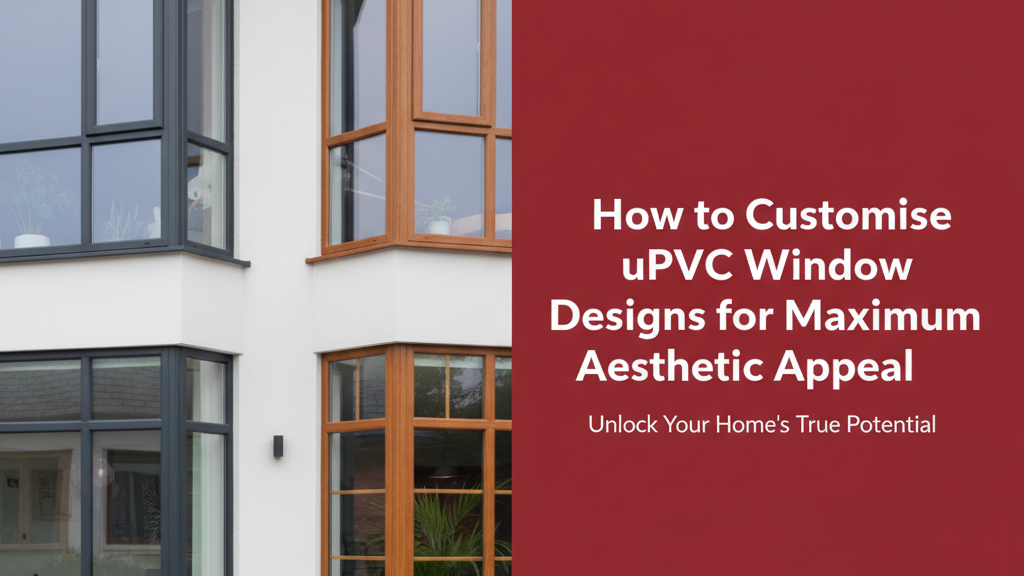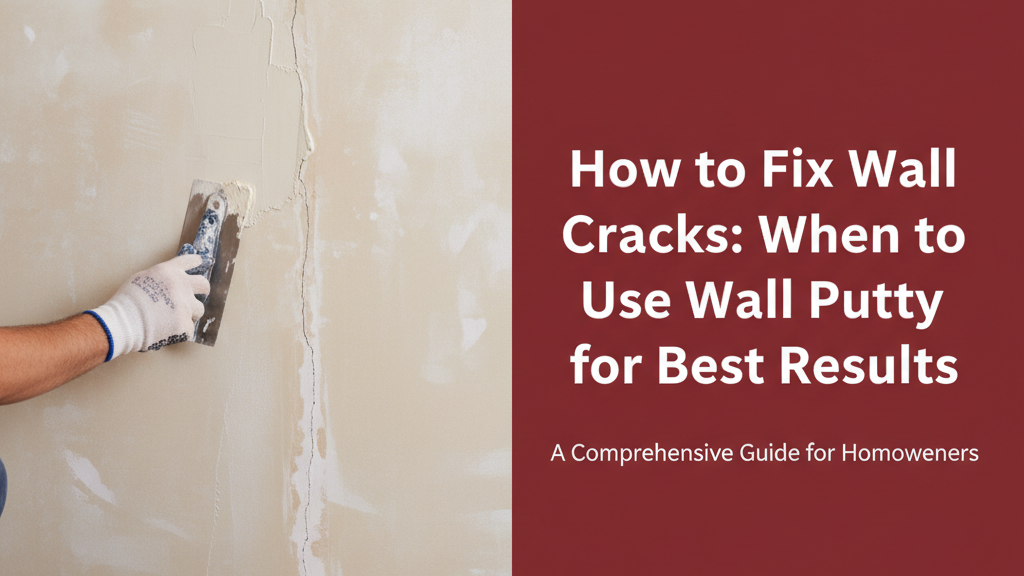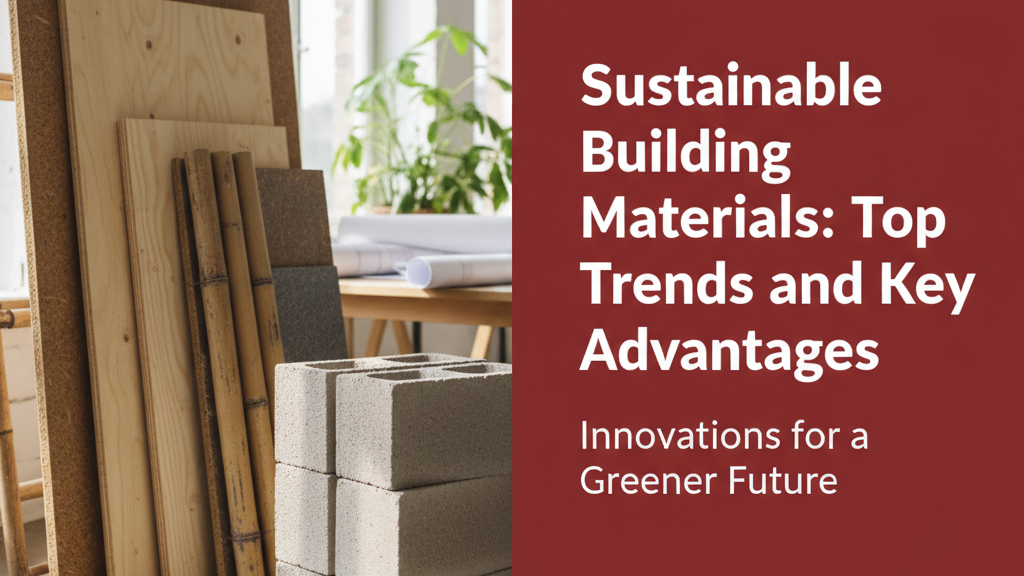Introduction to uPVC Window Customisation
Modern uPVC windows offer far more design flexibility than many homeowners realise. Unlike traditional materials constrained by structural limitations, uPVC’s inherent strength allows for slim profiles and expansive glazing while maintaining thermal efficiency. This opens up possibilities to tailor windows to your home’s architectural character without compromising performance in Indian conditions.
The customisation process begins with understanding three core elements: frame styles that complement your building’s proportions, colour selections that harmonise with exterior finishes, and functional hardware that aligns with usage patterns. When planned thoughtfully, these choices elevate a window from mere utility to a defining aesthetic feature.
Popular uPVC Window Styles for Modern Homes
Contemporary Indian architecture commonly incorporates these uPVC window configurations:
- Casement windows: Hinged side openings ideal for maximising ventilation in humid climates. Their clean lines suit minimalist façades.
- Sliding windows: Space-saving horizontal gliders perfect for compact urban homes where outward-opening frames aren’t practical.
- Bay windows: Projected frames that create interior window seats while adding dimensional interest to flat exterior walls.
- Fixed glazing: Large uninterrupted panels used alongside operable windows to maintain views without compromising security.
Choosing the Right Colour for Your uPVC Windows
Modern foil-lamination techniques enable uPVC frames to replicate everything from warm woodgrains to bold contemporary hues. Consider these factors when selecting colours:
- Climate adaptation: Lighter shades reflect heat in sunny regions, while darker tones suit cooler hill stations.
- Material continuity: Matching window frames to other exterior elements (gates, boundary walls) creates visual cohesion.
- Architectural era: Heritage properties often suit off-white or wood-effect finishes, whereas angular modern designs carry bold colours well.
Quality uPVC formulations incorporate UV stabilisers to prevent fading – look for ISI-marked profiles with at least 5-year colour retention guarantees under Indian sun exposure.
Enhancing Curb Appeal with Decorative Glass Options
Glass treatments add personality while addressing practical needs:
| Option | Aesthetic Benefit | Functional Advantage |
|---|---|---|
| Frosted/etched glass | Creates privacy patterns | Diffuses harsh sunlight |
| Stained glass inserts | Adds artisanal detailing | Breaks up large glazed areas |
| Reflective coatings | Modern mirrored effect | Reduces heat gain by 30-40% |
For heritage properties, consider dividing large panes with glazing bars that mimic traditional wooden sash windows while maintaining uPVC’s weather resistance.
Hardware and Finishing Touches for a Personalised Look
Thoughtful hardware selections complete the customised look:
- Handle finishes: Brushed nickel suits contemporary homes; antique brass complements traditional styles.
- Operational choices: Tilt-and-turn mechanisms offer flexible ventilation control in high-rise buildings.
- Decorative elements: Frame-mounted planters or integrated louvres blend functionality with visual interest.
All hardware should carry corrosion-resistant certifications, particularly for coastal regions where salt spray accelerates wear.
Mixing and Matching uPVC Window Frames
Strategic combinations prevent monotony:
- Use uniform frame colours across facades but vary opening styles (casement windows at eye level, fixed glazing above)
- Highlight architectural features with contrasting window shades – deep grey frames against white walls create definition
- Balance transparency and privacy by alternating clear and frosted glass panels in rhythmic patterns
Maintain consistent thermal performance by ensuring all variations use equivalent multi-chamber profiles, regardless of visual differences.
Tips for Maintaining the Beauty of Custom uPVC Windows
Preserve your investment with simple care:
- Clean frames quarterly with mild soap solution (avoid abrasive cleaners)
- Inspect and lubricate moving parts annually with silicone-based sprays
- Promptly clear debris from drainage channels before monsoon seasons
- Touch up minor scratches with manufacturer-approved colour-matched pastes
Well-maintained uPVC windows typically retain their appearance for 15-20 years in Indian conditions, outperforming painted wood or powder-coated aluminium alternatives.




